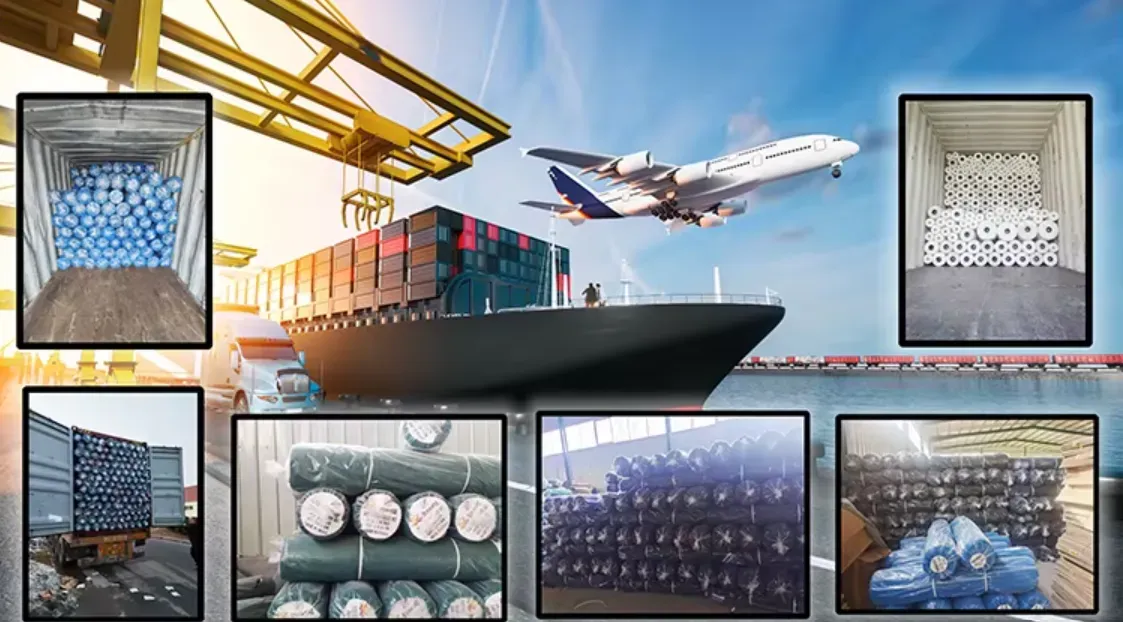-
 Afrikaans
Afrikaans -
 Albanian
Albanian -
 Amharic
Amharic -
 Arabic
Arabic -
 Armenian
Armenian -
 Azerbaijani
Azerbaijani -
 Basque
Basque -
 Belarusian
Belarusian -
 Bengali
Bengali -
 Bosnian
Bosnian -
 Bulgarian
Bulgarian -
 Catalan
Catalan -
 Cebuano
Cebuano -
 China
China -
 Corsican
Corsican -
 Croatian
Croatian -
 Czech
Czech -
 Danish
Danish -
 Dutch
Dutch -
 English
English -
 Esperanto
Esperanto -
 Estonian
Estonian -
 Finnish
Finnish -
 French
French -
 Frisian
Frisian -
 Galician
Galician -
 Georgian
Georgian -
 German
German -
 Greek
Greek -
 Gujarati
Gujarati -
 Haitian Creole
Haitian Creole -
 hausa
hausa -
 hawaiian
hawaiian -
 Hebrew
Hebrew -
 Hindi
Hindi -
 Miao
Miao -
 Hungarian
Hungarian -
 Icelandic
Icelandic -
 igbo
igbo -
 Indonesian
Indonesian -
 irish
irish -
 Italian
Italian -
 Japanese
Japanese -
 Javanese
Javanese -
 Kannada
Kannada -
 kazakh
kazakh -
 Khmer
Khmer -
 Rwandese
Rwandese -
 Korean
Korean -
 Kurdish
Kurdish -
 Kyrgyz
Kyrgyz -
 Lao
Lao -
 Latin
Latin -
 Latvian
Latvian -
 Lithuanian
Lithuanian -
 Luxembourgish
Luxembourgish -
 Macedonian
Macedonian -
 Malgashi
Malgashi -
 Malay
Malay -
 Malayalam
Malayalam -
 Maltese
Maltese -
 Maori
Maori -
 Marathi
Marathi -
 Mongolian
Mongolian -
 Myanmar
Myanmar -
 Nepali
Nepali -
 Norwegian
Norwegian -
 Norwegian
Norwegian -
 Occitan
Occitan -
 Pashto
Pashto -
 Persian
Persian -
 Polish
Polish -
 Portuguese
Portuguese -
 Punjabi
Punjabi -
 Romanian
Romanian -
 Russian
Russian -
 Samoan
Samoan -
 Scottish Gaelic
Scottish Gaelic -
 Serbian
Serbian -
 Sesotho
Sesotho -
 Shona
Shona -
 Sindhi
Sindhi -
 Sinhala
Sinhala -
 Slovak
Slovak -
 Slovenian
Slovenian -
 Somali
Somali -
 Spanish
Spanish -
 Sundanese
Sundanese -
 Swahili
Swahili -
 Swedish
Swedish -
 Tagalog
Tagalog -
 Tajik
Tajik -
 Tamil
Tamil -
 Tatar
Tatar -
 Telugu
Telugu -
 Thai
Thai -
 Turkish
Turkish -
 Turkmen
Turkmen -
 Ukrainian
Ukrainian -
 Urdu
Urdu -
 Uighur
Uighur -
 Uzbek
Uzbek -
 Vietnamese
Vietnamese -
 Welsh
Welsh -
 Bantu
Bantu -
 Yiddish
Yiddish -
 Yoruba
Yoruba -
 Zulu
Zulu
plastic chicken mesh
The Versatility of Plastic Chicken Mesh
In the realm of agriculture and gardening, plastic chicken mesh, also known as poultry netting or wire fence, has emerged as an invaluable resource. Its versatility manifests in various applications, from safeguarding backyard chickens to enhancing garden aesthetics. This article delves into the characteristics, applications, and advantages of plastic chicken mesh.
Characteristics of Plastic Chicken Mesh
Plastic chicken mesh is made from durable UV-resistant plastic, which distinguishes it from traditional metal fencing options. This synthetic material ensures longevity and resilience against the elements, making it suitable for outdoor use. The mesh is typically available in various sizes, allowing for flexibility depending on the intended purpose. The lightweight nature of plastic chicken mesh makes it easy to handle, transport, and install, further appealing to hobbyists and professionals alike.
Another notable characteristic is the safety it provides. Unlike metal mesh, which can rust and potentially injure animals, plastic chicken mesh is smooth and gentle, ensuring the well-being of your livestock. The small openings in the mesh prevent the escape of chicks, while simultaneously keeping larger predators out, creating a secure environment.
Applications in Poultry Farming
The most common application of plastic chicken mesh is in poultry farming. It serves as a protective barrier for backyard chickens, allowing poultry enthusiasts to raise their birds safely. When constructing chicken coops, the mesh can be used in walls, roofs, and run areas, providing robust protection from common predators like raccoons, foxes, and birds of prey.
Additionally, plastic chicken mesh can be employed to create temporary enclosures for free-range chickens
. Farmers can easily set up movable fencing to direct their birds to various areas of their property, which aids in natural foraging behaviors and helps manage pastures more effectively. This not only enhances the chickens' quality of life but also allows for sustainable land management practices.plastic chicken mesh

Gardening Uses
Beyond poultry farming, plastic chicken mesh finds its way into gardening and landscaping. Gardeners often utilize it as a support system for climbing plants like peas and beans. The mesh facilitates vertical gardening, maximizing space while ensuring that plants remain upright and healthy. The transparent material of the mesh allows sunlight to permeate, ensuring that plants receive the necessary light for photosynthesis.
Moreover, plastic chicken mesh can serve as a protective barrier against pests. By surrounding garden beds or delicate plants with the mesh, gardeners can deter rabbits, deer, and other nibbling critters from destructive visits. It’s an effective, non-toxic way to keep plants safe without resorting to harmful chemicals.
Environmental Impact and Sustainability
In an era increasingly focused on sustainability, plastic chicken mesh offers a responsible alternative to traditional fencing materials. Its longevity means fewer replacements are needed, reducing waste over time. Additionally, many plastic chicken mesh products are made from recycled materials, further minimizing their environmental footprint.
However, it’s important to consider disposal at the end of its life cycle. Unlike biodegradable materials, plastic mesh can persist in the environment if not recycled properly. Manufacturers are increasingly addressing this concern by creating products designed to be recycled, promoting a circular economy.
Conclusion
Plastic chicken mesh represents a remarkable amalgamation of versatility and functionality in agricultural and gardening practices. Whether you're protecting a flock of chickens or supporting climbing plants in your garden, its durability and ease of use cannot be overstated. As the agricultural world continues to evolve, embracing innovative solutions like plastic chicken mesh can lead to more sustainable and efficient practices. For hobbyists and professionals alike, this resource offers endless possibilities, turning everyday challenges into manageable solutions while safeguarding the health of both plants and animals.
-
Shipping Plastic Bags for Every NeedNewsJul.24,2025
-
Safety Netting: Your Shield in ConstructionNewsJul.24,2025
-
Plastic Mesh Netting for Everyday UseNewsJul.24,2025
-
Nylon Netting for Every UseNewsJul.24,2025
-
Mesh Breeder Box for Fish TanksNewsJul.24,2025
-
Expanded Steel Mesh Offers Durable VersatilityNewsJul.24,2025











